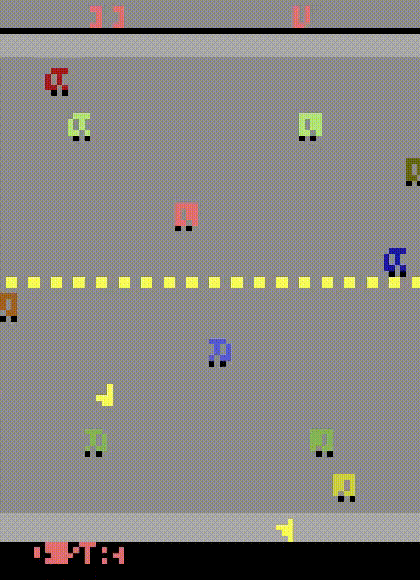Model-Based Reinforcement Learning for Atari
Model-free reinforcement learning (RL) can be used to learn effective policies for complex tasks, such as Atari games, even from image observations. However, this typically requires very large amounts of interaction -- substantially more, in fact, than a human would need to learn the same games. How can people learn so quickly? Part of the answer may be that people can learn how the game works and predict which actions will lead to desirable outcomes. In this paper, we explore how video prediction models can similarly enable agents to solve Atari games with fewer interactions than model-free methods. We describe Simulated Policy Learning (SimPLe), a complete model-based deep RL algorithm based on video prediction models and present a comparison of several model architectures, including a novel architecture that yields the best results in our setting. Our experiments evaluate SimPLe on a range of Atari games in low data regime of 100k interactions between the agent and the environment, which corresponds to two hours of real-time play. In most games SimPLe outperforms state-of-the-art model-free algorithms, in some games by over an order of magnitude.
PDF Abstract






 Arcade Learning Environment
Arcade Learning Environment
